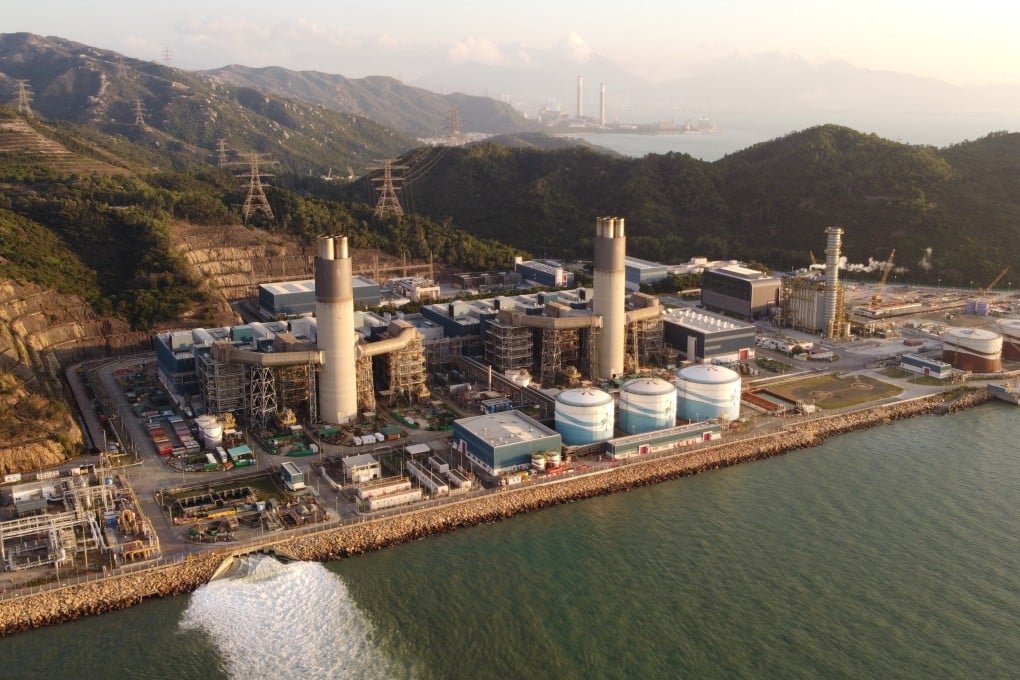Advertisement
The View | Decarbonising Hong Kong is a moral imperative in climate change fight
- Hong Kong has the power plants in place to decarbonise our energy supply and now needs to build replacement capacity or convert them
- Nuclear power, natural gas, green hydrogen, offshore wind and large-scale batteries are all pieces in the puzzle of achieving a carbon-free city
Reading Time:4 minutes
Why you can trust SCMP
3

We live in an age of crises. We are beset by health crises, energy crises and supply chain crises. Above all, we are in the midst of a climate change emergency which is rapidly becoming the defining crisis of our time.
I have followed the debates around climate change for many years. The science of global warming is irrefutable. Average temperatures around the world have risen by around 1.2 degrees Celsius from pre-industrial levels. We are witnessing rising sea levels and storms on an unprecedented magnitude.
According to the Intergovernmental Panel on Climate Change, average temperatures are projected to rise by 1.5 degrees by 2040, 3 degrees by 2060 and a potentially unsurvivable 5.7 degrees by the end of the century.
Advertisement
The Covid-19 pandemic has delivered a lesson on the fragility of our global economy, but its impact will be nothing compared with prolonged climate change. Avoiding its terrifying consequences demands coordination, investment and tireless work by all.
Last month’s UN climate change summit (COP26) in Glasgow was a small step on that journey. Diplomats might tell you it exceeded expectations. Scientists might tell you it fell far short of what is required. The truth probably lies somewhere in-between.
It did succeed in agreeing on a phasing down – rather than a phasing out – of coal, and a review of targets set for 2030 was brought forward to 2022. COP26 kept alive the 1.5-degree temperature rise goal and set out a timetable to follow.
Advertisement
Select Voice
Choose your listening speed
Get through articles 2x faster
1.25x
250 WPM
Slow
Average
Fast
1.25x

